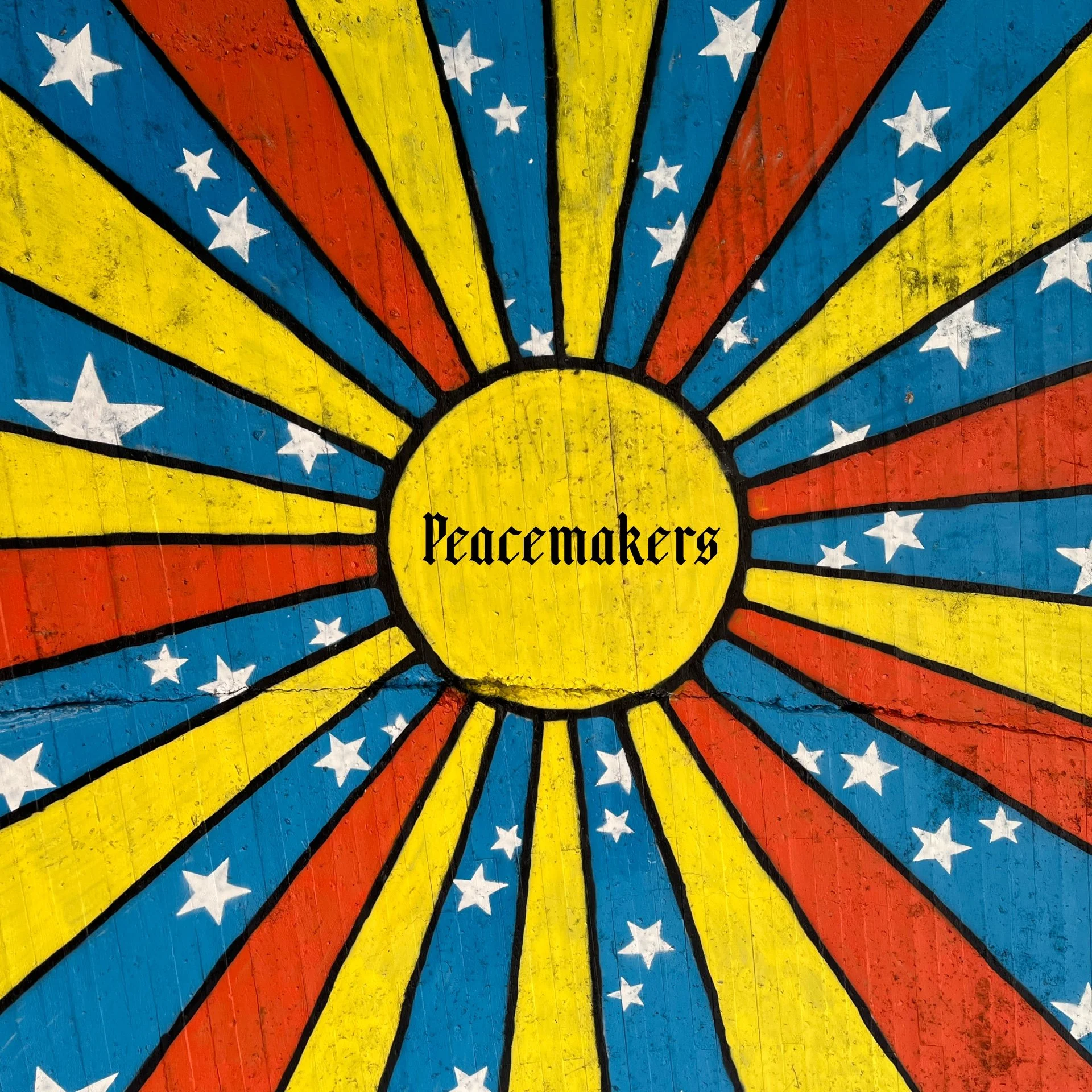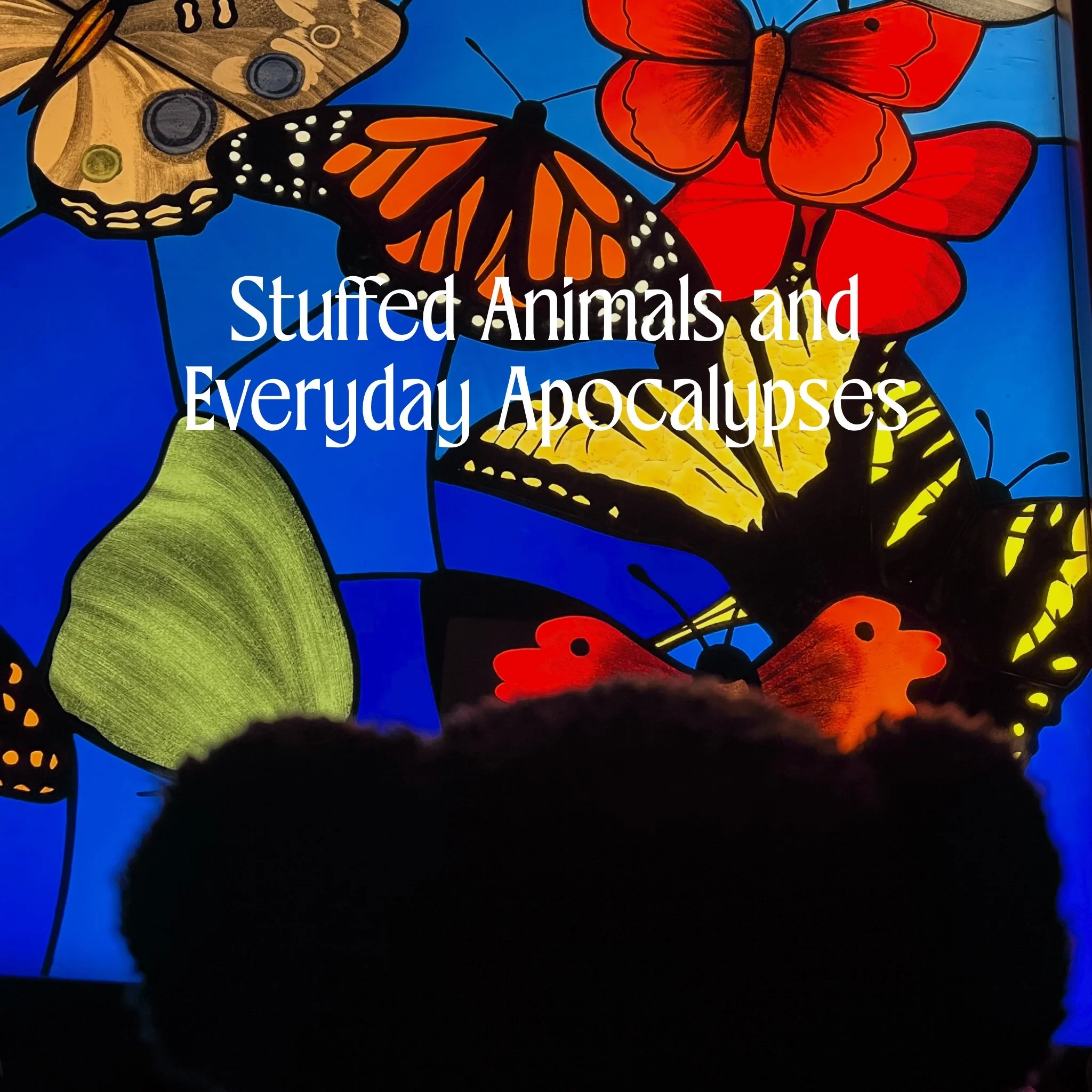There is a massive industry that revolves around people trying to figure out what makes them tick. We want to know our strengths and weaknesses so that we can hopefully go about contributing to the world. Some of the most popular tools for exploring these aspects are the Enneagram (I’m a type 9) and the Myers-Briggs Type Indicator (INTP or INFP depending on when I have taken it). Yet there is another way of assessing personality types that has been used by amateur clinicians on elementary school playgrounds since the late 1980s: the Teenage Mutant Ninja Turtles.
For the poor folks who don’t know about these modern mythological heroes, Teenage Mutant Ninja Turtles is about four brothers who are—follow me closely here—teenaged mutant turtles who practice martial arts. For multiple generations of children, TMNT have been featured in countless cartoons, video games, and movies including a delightful film that just came out this week. And from the beginning, kids would find themselves drawn to either Leonardo, Donatello, Raphael, or Michelangelo.
The Teenage Mutant Ninja Turtle Personality Index (TMNTPI) seeds to codify what these playground and dorm room conversations have been doing for years: helping people figure out their strengths and weaknesses based upon the turtle with which they most identify. This is not necessarily your favorite turtle though your favorite may be the one with which the TMNTPI links you. Also, most of us will actually have aspects of all the turtles. Yet there is typically one that is strongest.
Here are a few sample questions from the TMNTPI:
When do you feel most in your element?
Doing something physical
Creating
Meditating/Reflecting
Having fun
How would friends describe you?
Intelligent
Friendly
Passionate
Level-headed
When you and some friends encounter a problem, how do you handle it?
Try to lighten the mood
Think up a plan
Try to get everyone on the same page
Charge into action
As you go through the process of the TMNTPI, you will find yourself gravitating to one of the four types:
Leonardo
The beauty of the original Ninja Turtles theme song is that it tells you straightaway what each turtle is all about: Leonardo leads. Leonardos are highly driven individuals; they are achievers, the team captains, the class presidents. They typically like to go by the book and try to make sure that everyone else falls in line. Leonardos are important because they give guidance and shape to groups when they are disorganized. Healthy Leonardos are mature, outgoing, and get along with others. Leonardos in an unhealthy or insecure state might exhibit a “my way or the highway” type of attitude that can fracture a group.
Donatello
The TMNT theme song tells us that Donatello does machines. He is an inventor, a creative. Donatellos tinker with machines, art, computer programs, or whatever else and seek to solve problems from that vantage point. It would be reductive to say that all Donatellos are nerds, but these individuals are often intelligent and can get in the weeds talking about an idea or their favorite movie. Donatellos tend to work behind the scenes but can step into the spotlight if necessary. A Donatello in their thriving state can be an outside-the-box thinker whose creativity becomes essential. However, Donatellos can also suffer from insecurity.
Raphael
Appropriately for a turtle that wears red, Raphael is known for both his anger but also his passion. He is an independent thinker who will quickly buck leadership when he thinks there is a better way (though sometimes a Raph will challenge just for the sake of challenging). They will often leap into action without thinking and have a tendency to be stubborn. Raphaels may come off as loners, especially if they feel undervalued, but they are fiercely loyal to those who have their back. Raphs are great to have around when there are issues of injustice; they will fight to their last breath over unfairness. Yet if their anger gets lit then it can take a lot to calm them down. Leos and Raphs often clash.
Michelangelo
Our final turtle, as the TMNT theme song so eloquently states it, is a party dude. Mikeys are fun-loving and sociable. They are one of those outgoing individuals that make other friendly people look like wallflowers. Mikeys are important for levity and social cohesion. Often they can seem immature and unfocused which causes others to underestimate them. Because of this, Mikeys tend to bond with Donnies because of their mutual feelings of not being taken seriously (and they will often lean into this lack of seriousness). Mature Mikeys are the glue that holds a group together. Immature Mikeys are uncontrollable agents of chaos.
A healthy organization will usually have all four turtles represented. You need leaders, thinker/creative types, those who will challenge the system, and those who are remarkably outgoing. If you don’t have a Leo to lead, there will likely be directionless chaos. If you don’t have a Raph to challenge leadership, hubris could bring the entire group down. Also, it is important to emphasize that there is growth that happens from these points. After all, we are talking about Teenage Mutant Ninja Turtles.
TMNTPI Sample
As with all personality/strength assessments, no person is just one turtle. The example on the left is an individual who is 47% Leo, 16% Donnie, 8% Raph, and 29% Mikey.
So that is a brief look at the Teenage Mutant Ninja Turtle Personality Index. Feel free to offer thoughts and where you think you fall on the TMNTPI. I’ll work on a full assessment and will likely hit the touring circuit with my future New York Times Bestselling Book Grow Ninja, Grow! How Turtle Power Can Unlock the Potential for Yourself and Your Team.







